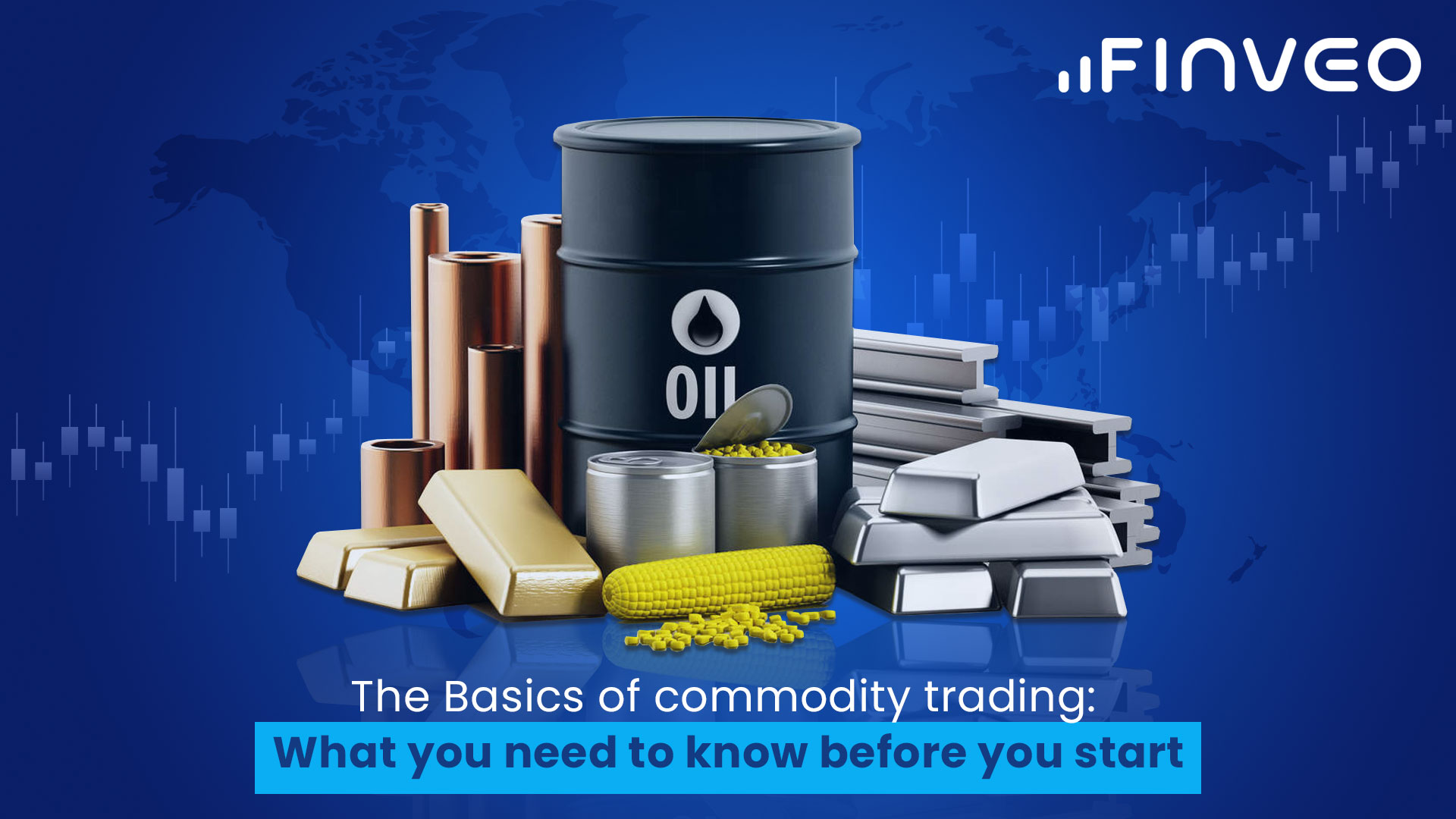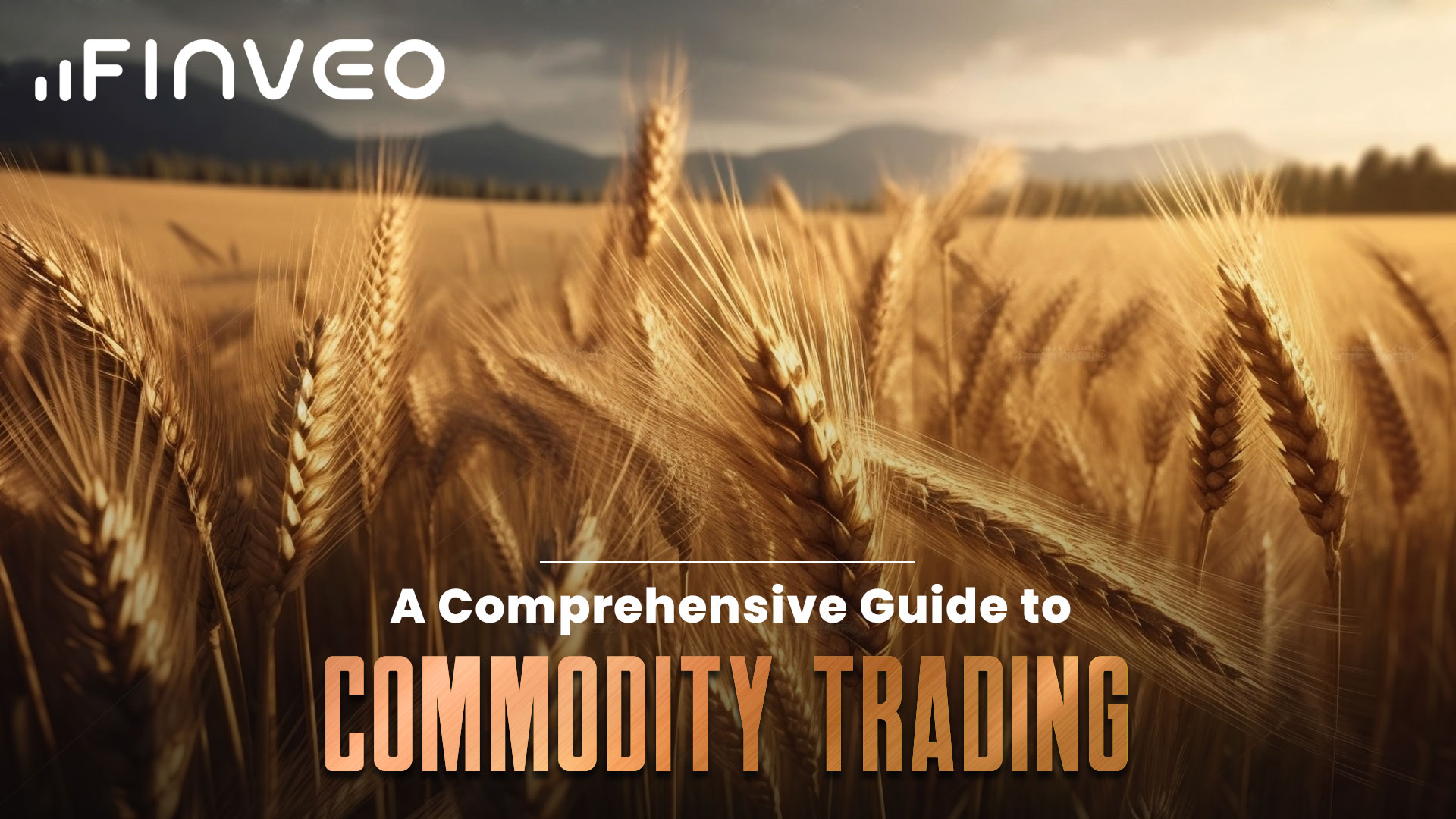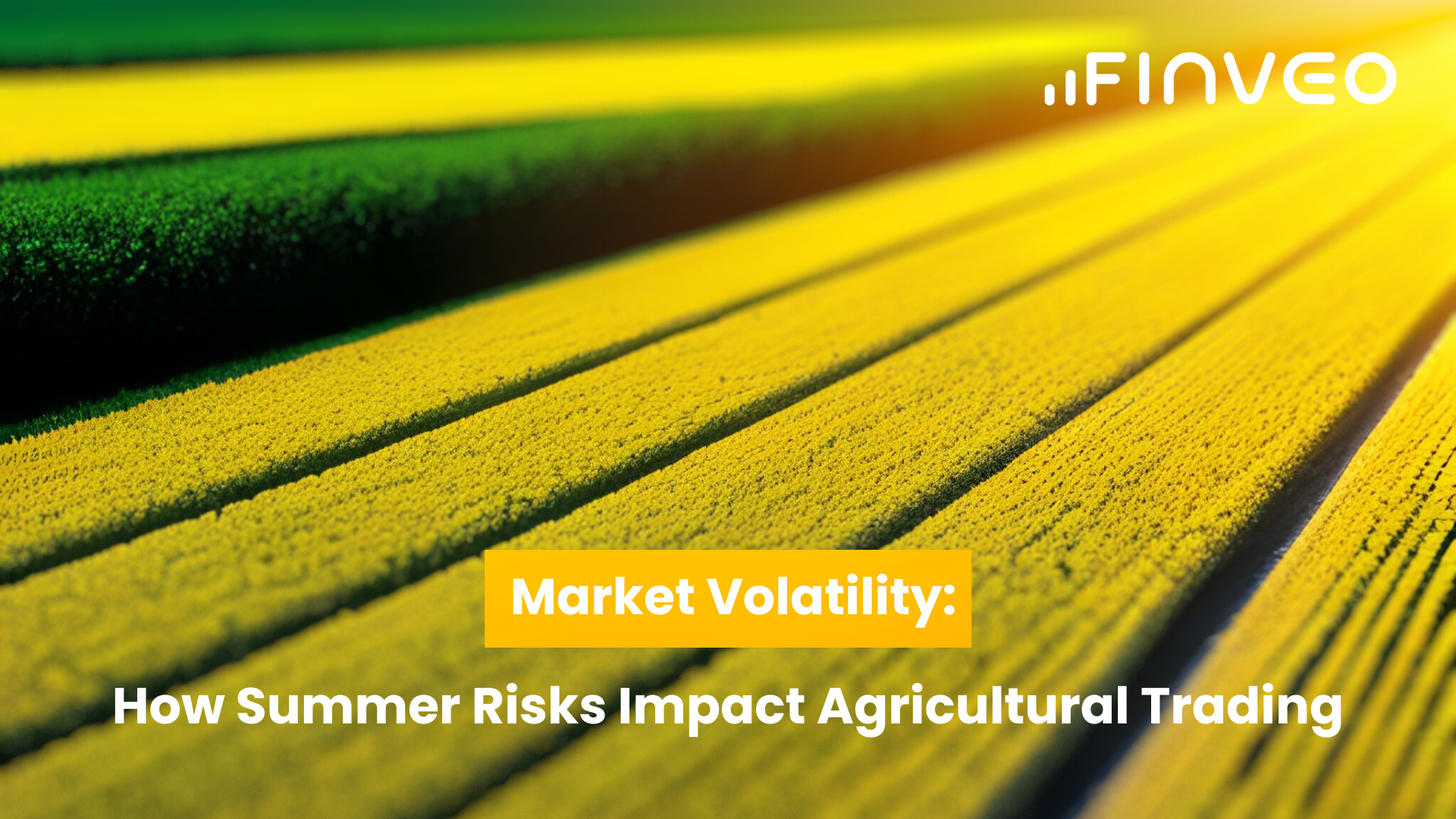Market volatility is an inherent characteristic of financial markets, and its impact can be particularly pronounced in the realm of agricultural trading, especially during the summer months. The connection between summer risks in agriculture and market volatility for agricultural commodities is a subject of great importance for traders, investors, and farmers alike. In this article, we will delve into how factors like crop failures and weather-related disruptions during the summer season can significantly influence trading patterns and prices in the agricultural market.
Summer Risks in Agriculture: A Precarious Balance
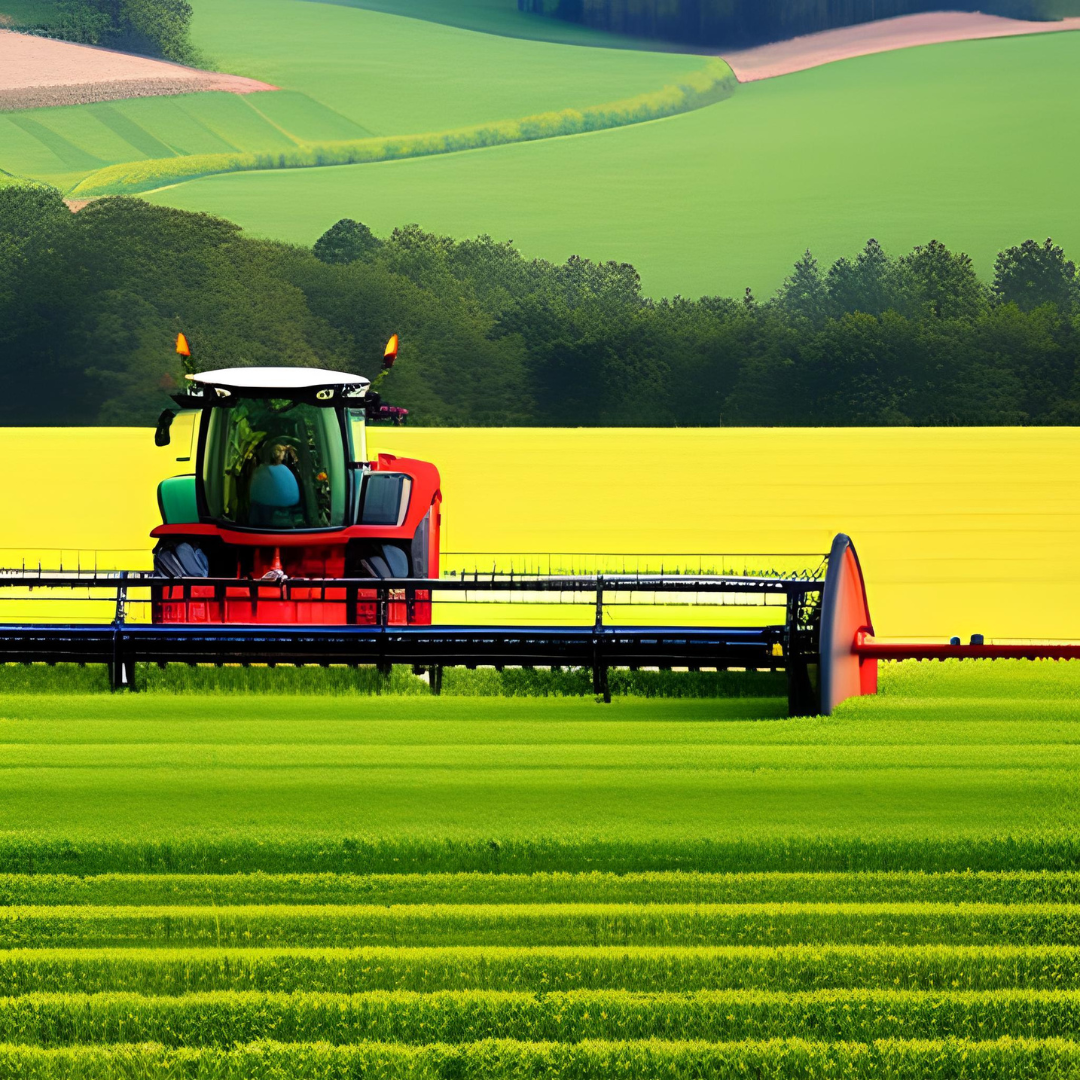
Summer is a season of promise for agriculture, with longer days and higher temperatures typically contributing to the growth of various crops. However, this season also introduces a range of risks that can disrupt the delicate balance of agricultural production. Heatwaves, droughts, pests, and diseases become heightened threats, potentially leading to reduced yields and crop failures.
In 2012, for instance, the United States experienced one of the most severe droughts in decades. Corn and soybean crops were significantly affected, leading to substantial price increases. The drought's impact on the agricultural market demonstrated how extreme weather events can result in supply shocks, triggering price volatility and affecting trading patterns.
Impact of Crop Failures on Trading Patterns
Crop failures can send shockwaves through the agricultural trading market, triggering increased market volatility. When a significant portion of a particular crop fails due to adverse weather conditions or other factors, the reduced supply can drive up prices due to scarcity. This sudden scarcity and uncertainty about future supply levels can cause panic buying among traders and consumers, further exacerbating price fluctuations.
For instance, imagine a scenario where a key grain-producing region experiences a sudden and unexpected frost during the summer. The frost damages a significant portion of the crops, leading to concerns about reduced grain availability in the coming months. Traders, in response to this risk, may start purchasing grain futures contracts to secure their supply at current prices. This surge in demand for contracts can drive up prices, contributing to heightened market volatility.
Weather-Related Disruptions and Trading Prices

Weather-related disruptions are a hallmark of the summer season, with extreme weather events such as hurricanes, floods, and droughts posing significant risks to agricultural production. These disruptions can lead to delayed planting, destruction of crops, and challenges in transportation and distribution.
The uncertainty surrounding the impact of these disruptions on supply chains and crop yields can create a sense of unease among traders. As a result, market participants may adjust their trading strategies and positions to account for potential price shifts. The combination of changing weather patterns and the resulting market sentiment can lead to sudden and unpredictable price swings in the agricultural commodities market.
Managing Volatility: Strategies and Considerations
Given the inherent volatility in agricultural trading during the summer season, market participants often adopt various strategies to manage risks and capitalize on opportunities. Hedging is a common technique used by farmers and traders alike. Farmers may use futures contracts to lock in prices for their produce, protecting themselves from potential price declines caused by unforeseen events. On the other hand, traders can utilize options and derivatives to hedge against adverse price movements resulting from market volatility.
Additionally, staying informed about weather forecasts, crop reports, and supply chain disruptions is crucial for making informed trading decisions. Technology and data analytics play a significant role in providing real-time information that traders can leverage to adjust their positions and strategies promptly.
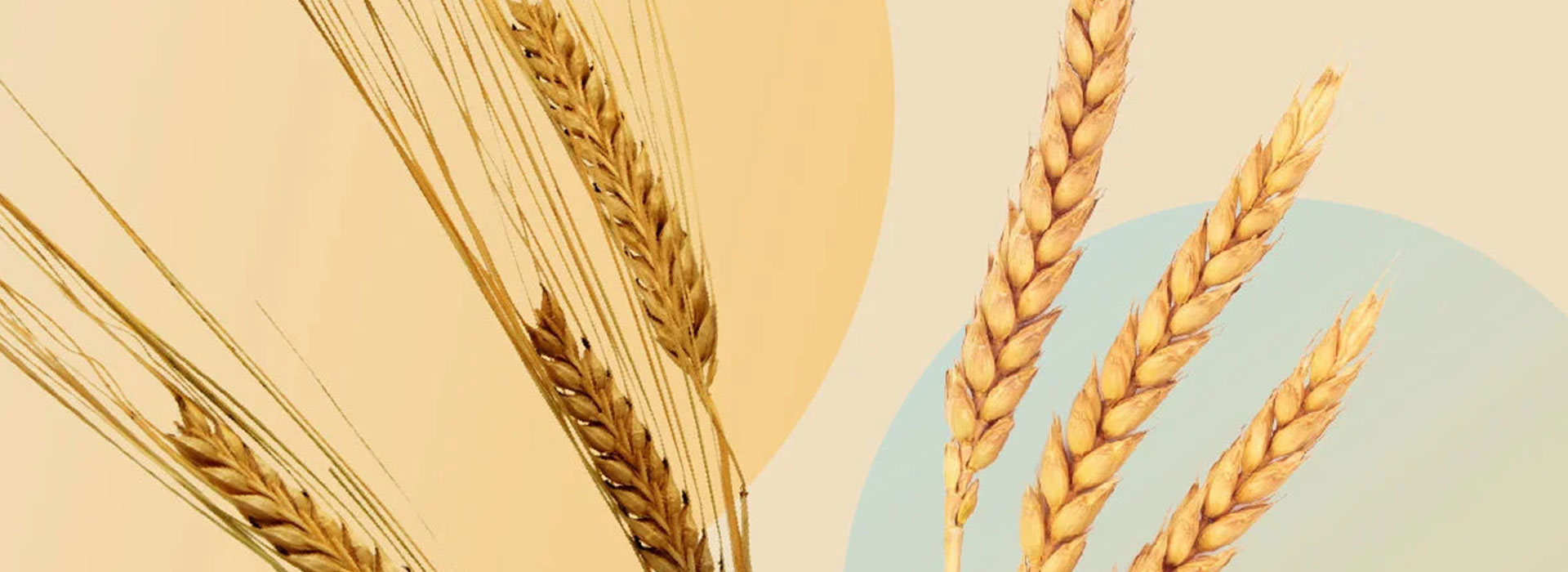
History: Worst Years for Crop Trading
History is replete with examples of years when crop trading faced significant challenges due to adverse weather conditions and other factors. One such example is the "Dust Bowl" period during the 1930s in the United States. Prolonged drought and poor land management led to widespread crop failures and soil erosion, causing agricultural devastation. The resulting scarcity of crops led to extreme price fluctuations and hardships for farmers and traders alike.
In recent times, the year 2020 witnessed disruptions caused by the COVID-19 pandemic. Lockdowns and disruptions in labor availability affected planting, harvesting, and transportation. These challenges led to supply chain disruptions, impacting trading patterns and causing volatility in agricultural markets.
Fast forward to 2022, and we have “Increased financial investment in grain futures markets coincided with a sharp increase in the price of grain, far beyond what supply and demand conditions would indicate at that moment”, explained Jennifer Clapp, a member of the International Panel of Experts on Sustainable Food Systems (IPES-Food) and professor at the School of Environment, Resources and Sustainability at the University of Waterloo in Canada. “While it is hard to say precisely what impact financial speculation has had on the markets, it almost certainly played a role in pushing price trends beyond what the prevailing supply and demand conditions would indicate”.
Final Thoughts
In the world of agricultural trading, the summer season brings not only the promise of bountiful harvests but also a heightened level of risk and uncertainty. The intricate relationship between summer risks in agriculture and market volatility for agricultural commodities underscores the importance of understanding the factors that influence trading patterns and prices. Crop failures and weather-related disruptions are just two examples of how external events can trigger significant price fluctuations.
As traders and investors navigate this dynamic landscape, strategies for managing volatility and staying informed become paramount for success in the agricultural commodities market during the summer months. Drawing insights from historical examples and leveraging technology can provide valuable tools for making informed decisions in the face of unpredictable summer risks.





